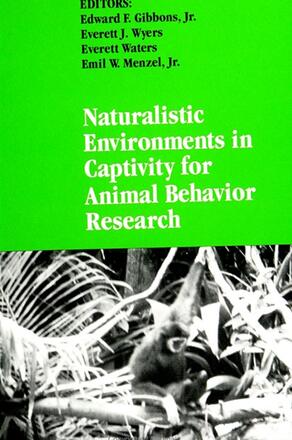
Naturalistic Environments in Captivity for Animal Behavior Research
Alternative formats available from:
Description
This book addresses theoretical and pragmatic issues concerning naturalistic environments in captivity for animals. The multidisciplinary orientation of the volume will help regulatory personnel, administrators, and researchers to understand each other's roles and responsibilities in the design, construction, and real-time operation of these facilities. The book also highlights the important value of naturalistic environments in captivity to the scientific study of animal behavior. The authors provide insights into identifying physical environmental features not in compliance with existing regulations, and that may have a negative impact on the physical health and psychological well-being of animals.
Edward F. Gibbons, Jr. is Director of the Center for Science and Technology at Briarcliffe College. During the completion of this volume, he was a member of the Department of Psychology at State University of New York at Stony Brook. Everett J. Wyers, Everett Waters, and Emil W. Menzel, Jr. are Professors of Psychology at State University of New York at Stony Brook.
Reviews
"The goals of this book are well defined in the introduction. These goals are important and will certainly be appreciated by almost anyone encountering or interested in naturalistic environments—including regulatory and animal care personnel as well as researchers and students of animal behavior. The editors successfully integrate material covering regulatory aspects of animal care, environmental design and management, approaches to naturalistic housing, and the scientific evidence of the impact of these elements on animal behavior. This approach provides an interesting, useful, and well balanced mix of perspectives. " — Tina M. Widowski, University of Guelph, Ontario, Canada